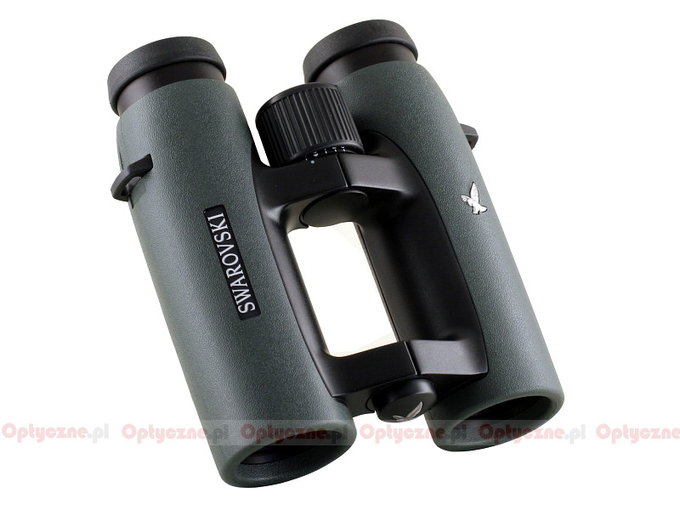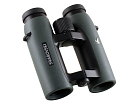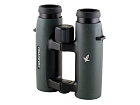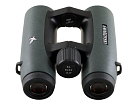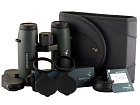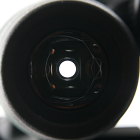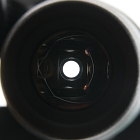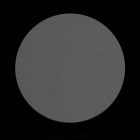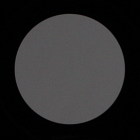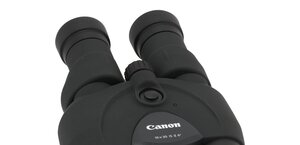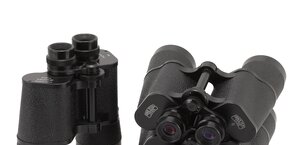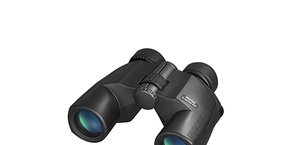Swarovski EL 8x32 WB
All the optical elements of the tested binoculars are covered by antireflection multilayer coatings of very high quality (SWAROTOP/SWARDOUR on eyepieces and SWAROBRIGHT on prisms). According to the producer, the usage of these coatings reduces the light loss on one air-to-glass surface to just 0.2%. Additionally, the prisms are covered by the so-called P coating which damps down any effects of light reflection and interference at the edges of roof prisms. The latest binoculars from this series also feature special coatings, applied to all four exterior lenses, which make removing dust, dirt and other pollution easy giving a non-smear effect.
The casing of this pair of binoculars is made of magnesium alloys, armoured with antiallergic rubber of the highest quality. The instrument is airtight, shockproof, dustproof, nitrogen-purged and watertight to a depth of 4 m. The EL series binoculars can be stored in the temperatures range from –30 to 70 degrees C and they work correctly in the range from –25 to +55 degrees C.
The buyer gets the following accessories included in box: a stylish and functional bag, a lift carrying strap, a hinged rainguard eyepiece cover, objective lens covers with rubber straps allowing you to fix them to the body and, what’s interesting here, a SnapShot adapter. The binoculars come with a 10-year guarantee.
| Magnification | Lens diameter | Angular field of view | Prisms | Eye relief | Weight | Price |
|---|---|---|---|---|---|---|
| 8 | 32 | 140/1000(8o) | BaK-4/roof | 15 mm | 610 g | 7299 PLN |
Summary
Pros:
- sturdy magnesium housing which is very comfortable to hold,
- high transmission,
- sensational whiteness rendition,
- negligible astigmatism,
- low coma,
- good sharpness at the edge of the field of view,
- very low brightness loss at the edge of the field,
- good darkening inside the binoculars,
- prisms of high quality,
- efficient antireflection coatings,
- wide selection of accessories included in box.
Cons:
- noticeable distortion,
- significant chromatic aberration at the edge of the field,
- the background of exit pupils is too light.
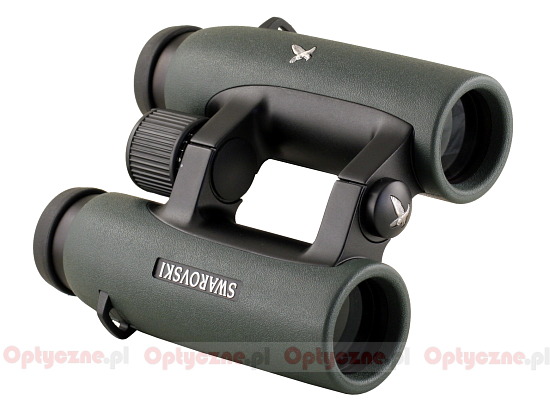 |
The score the Swarovski EL 8x32 WB reached in our test is really very good. The problem is that over such a high-end series instrument from such a prestigious producer with the price tag of over 1500 Euro we should only ooh and aah – the results should be simply outstanding with no slip-ups whatsoever. The Swarovski had slip-ups, though, and in the least expected areas to boot. They occurred in strictly optical categories and we do wonder why – for such a high price we should expect an optically perfect instrument after all. We don’t like the significant distortion, the large chromatic aberration at the edge of the field and too light background of exit pupils. To tell you the truth binoculars twice cheaper can fare better in these categories.
We can feel slightly dissatisfied even in those categories where the tested instrument gets high scores, like transmission or colour rendition. Let’s have a glance at its transmission graph which is presented below.
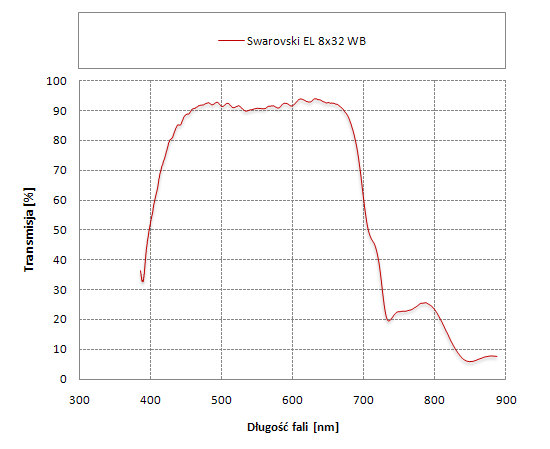 |
In the range from 450 to 680 nm the curve is very flat so the binoculars gives you splendid colour fidelity. In this range the transmission amounts to 90 to 92% so rather high for a roof-prism Schmidt-Pechan instrument. The problem is that nowadays such a transmission level can be had buying even much cheaper binoculars, produced not only in Japan but also in China. It’s enough to look at the transmission graph of the Vixen New Forest 8x32, tested by us not so long ago, to find out that, although it is almost 10 times cheaper it can compete successfully with the Swarovski here! The expensive Swarovski compared to another cheaper rival, the Steiner Night Hunter XP, fares definitely worse. What’s more, its transmission decreases very quickly at extremes of the visible spectrum – such a strong decline hasn’t been observed in any of the Swarovski’s serious competitor.
What could be written in the summary, then? If you already own this set of binoculars you will enjoy using it for sure because this instrument is very well-made. The question is whether or not it is worth its steep price. It seems to me that we can make a better use of our money if we decide to buy other binoculars of this class - you can certainly find something cheaper and better at the same time.




